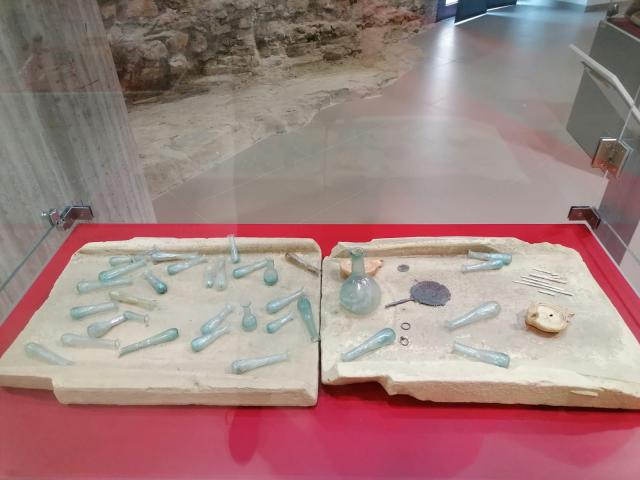Capuchin tomb
Antiquarium

The Corciano example is intended for a child burial known as “Capuchin” due to its appearance: the body was placed directly on the ground or above a slab or brick surface covered in tiles or bricks arranged in pairs so as to form a double sloping roof, often also the edges were closed and the joins sealed with lime mantel and flat tiles, assuming the shape of a hood. Existing as early as the 4th century B.C., this type of burial was particularly widespread during the Roman Imperial Age and especially in central Italy. Between Late Antiquity and the early Middle Ages, the Capuchin tombs were exclusively linked to burial rites. The tomb could host one or more bodies, both of adults and children, identifiable and distinguishable by size and peculiarities of the deceased’s grave goods.